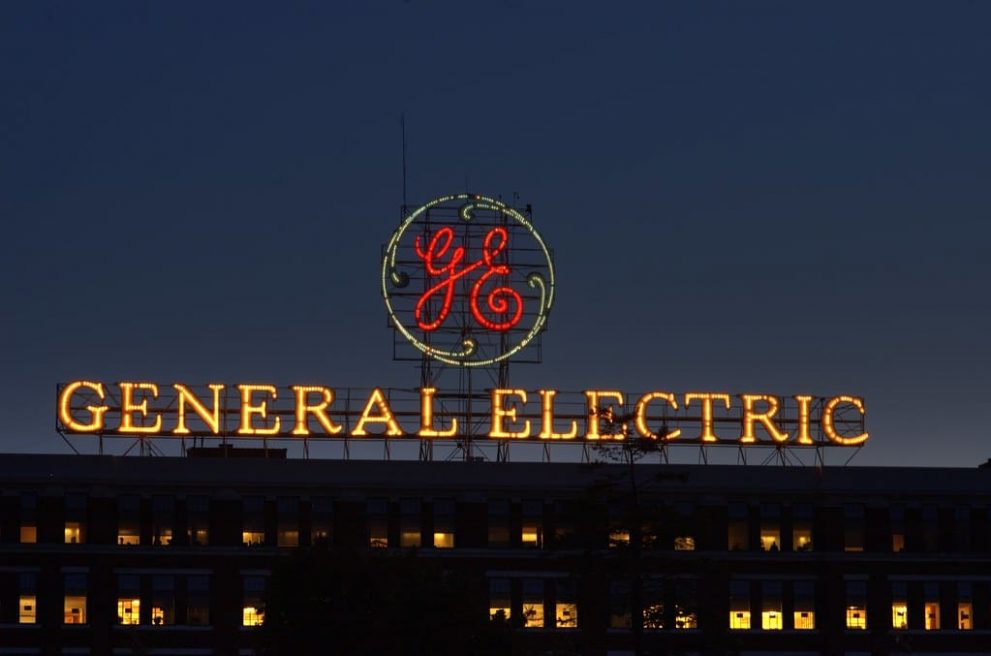
 General Electric (General Electric Stock Quote, Chart, News, Analysts, Finnacials NYSE:GE) has done a fine job pulling itself out of a pandemic-induced tailspin, but what’s ahead for the stock is not so certain, as the company remains in rebuild mode with lots of debt to deal with.
General Electric (General Electric Stock Quote, Chart, News, Analysts, Finnacials NYSE:GE) has done a fine job pulling itself out of a pandemic-induced tailspin, but what’s ahead for the stock is not so certain, as the company remains in rebuild mode with lots of debt to deal with.
Should investors go along for the ride, banking on the venerable company’s ability to innovate?
Likely not, says Gordon Reid of Goodreid Investment Counsel, who thinks there are less risky and more lucrative plays in the market.
“[General Electric] has potential but there are a lot of troublesome issues there,” says Reid, speaking on BNN Bloomberg on Wednesday. “They just did a reverse split, one-to-eight, and that’s never a good thing — you don’t get anything more and the stock price goes up but everything is diluted by a factor of eight.”
GE’s share price is now up a full 77 per cent over the past 12 months, which is impressive but not that unusual as stocks across the board have rallied big time since their early pandemic lows of 2020. Also fairly standard is that GE’s rebound has seemingly petered out at the same level the stock was pre-pandemic, around $13, which is still well off the $30 at which it used to trade a half-decade ago.
GE has spent what seems like decades attempting a turnaround, with the most recent iteration led by CEO Larry Culp whose approach has been to sell off assets to streamline operations and pay off debt. So far, Culp lays claim to having cut a whopping $70 billion of in debt, with moves such as the sale and tie-up of GE’s jet-leasing business to AerCap for $30 billion earlier this year.
The strategy to shed its GE Capital businesses has been in effort to again become a pure-play industrials business, Culp has said.
“This marks the transformation of GE into a far more focused, simpler and stronger company,” said Culp in a Bloomberg News interview in March. “This is going to give us an opportunity to focus fully on our four industrial businesses.”
But Reid thinks the problems with GE run deeper than debt and can’t be solved just by selling off business segments.
“They’re trying to crawl out of a very bad spot and they’ve been selling a lot of their good franchises because those are the only things that other companies are interested in,” Reid said. “But that leaves them with a much narrower portfolio and a weaker portfolio.”
“On a cash flow basis they’re not in a great position. On top of that they’ve got some pension issues — they’ve got a large unfunded pension liability,” he said.
GE currently has five segments in Aviation, Power, Healthcare, Renewable Energy and Capital, with Aviation being the largest revenue generator. For the company’s first quarter 2021 results, Aviation brought in $4.992 billion in sales, down considerably from the $6.892 billion delivered a year earlier, as the impact of COVID-19 took its toll. For its other segments in the Q1, GE registered $3.248 billion in Renewable Energy, $3.921 billion in Power, $4.308 in Healthcare and a net loss of $0.2 billion from continuing operations in GE Capital.
“We are shifting more toward offence and capturing opportunities in the energy transition, precision health, and future of flight. I am confident we are well positioned to drive profitable growth, achieving high single digit free cash flow margins over time and creating long-term value for shareholders,” said Culp in the first quarter press release.
Reid says investors should look past GE in the Industrials space.
“There are just other places that are much more exciting [in the market] that I think your risk/reward profile in other names is more constructive,” Reid said. “I would probably direct you to names other than GE in the industrial space.”
As to the debate over whether big conglomerates like GE can be a better play in the market than more singly-focused companies, Reid says there’s often more value unlocked in the pieces of a big company once it’s split up.
“Whether it’s industrials or technology, there’s been a lot of talk about breaking up the technology company the FAANG companies, and what people say in their next breath is that it’d be good for the investor because they’d be worth more if you could allow Instagram and WhatsApp of Facebook [for example] to create openly on the market,” Reid said.
“A lot of times, the conglomerates hide the value [and] the pieces don’t get their full due,” he said. “Whether the investor shies away from them or not, we’ve seen the give and take over the years. But, oftentimes, the sum of the parts analysis shows you that they’re worth more broken up.”
Leave a Reply
You must be logged in to post a comment.





 Share
Share Tweet
Tweet Share
Share




Comment